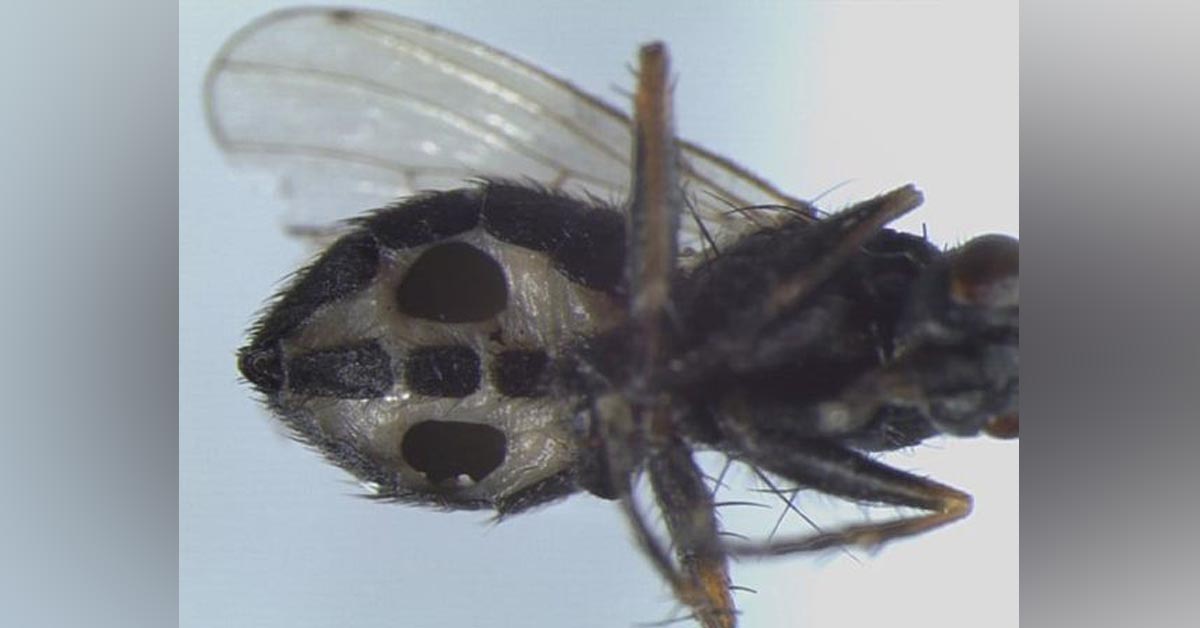
Two new species of deadly fungi, that turn flies into zombies, have been discovered by a team of scientists in Denmark.
The newly discovered species devour from inside, bursting from the abdomen of their still-living prey.
The adult flies, however, continue to buzz around for days with massive holes in their bodies, after being infected by the fungi.
The research by the University of Copenhagen and the Natural History Museum of Denmark has been published in the Journal of Invertebrate Pathology.
The fungi species are Strongwellsea acerosa and Strongwellsea tigrinae.
They are host-specific and rely on two species of Danish fly – Coenosia tigrina and Coenosia Testacea, researchers at the University of Copenhagen said.
Usually, fungi spore once the host is dead. However, with sreongwellsea, the host continues to live for days, carry out normal activities and socialise with other flies even after being infected.
Meanwhile, the fungus consumes its genitals, fat reserves, reproductive organs and finally its muscle.
Scientists believe that potent dope-like chemicals secreted by the fungi keep the flies alive.
It is also believed that the chemicals also keep other micro-organisms away from the wound site, however, the researchers are yet to test this.
The strange occurrence of keeping the host alive while releasing spores is called active host transmission (AHT).
The tactic gives the fungus easy access to other healthy individuals.
After a few days, the 'zombies' (flies) lie on their backs, spasms for a few hours and finally die once there is nothing left in their abdomen except the fungus.
Thousands of torpedo-shaped spores can shoot out like rockets from a single fly. IF they land on another fly, they stick to the cuticle and find a way into their abdomen.
It may be mentioned here that strongwellsea tigrinae was discovered by Eilenberg in 1993 in eastern Denmark's North Zealand.
Strongwellsea acerosa was first spotted in a residential area in greater Copenhagen by Dorthe Britt Tiwald, a student of Eilenberg, in 1998.
However, the species have been officially declared as new species now only. This has increased the count of the total known species of strongwellsea to five.
The Story Mug, a Guwahati-based blogzine, believes in telling stories that matter.